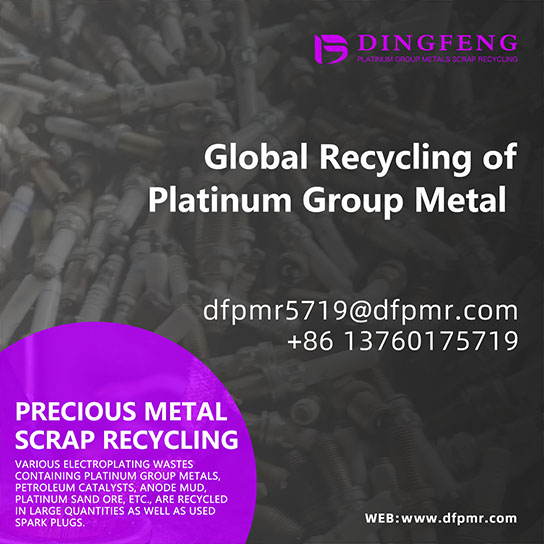Spark Plug Electrode Materials: A Comparative Analysis of Copper, Platinum, and Iridium
Electrode material selection directly impacts spark plug performance, longevity, and thermal conductivity. This article examines the metallurgical properties of common materials and their suitability
Electrode material selection directly impacts spark plug performance, longevity, and thermal conductivity. This article examines the metallurgical properties of common materials and their suitability for modern engines.

Copper Electrodes
High thermal conductivity (≈400 W/m·K) reduces overheating but accelerates erosion.
Ideal for high-compression engines requiring rapid heat dissipation 25.
Platinum Electrodes
Melting point (1,768°C) and corrosion resistance extend lifespan to 60k–100k miles.
Fine-wire designs minimize voltage requirements, enhancing ignition efficiency.
Iridium Electrodes
Extreme hardness (Vickers 1,760) and melting point (2,466°C) support ultra-fine electrodes (0.4mm).
Reduces quenching effect, improving flame kernel growth in lean-burn engines 5.
Material Trade-offs
Cost vs. durability: Iridium’s 2–3× cost over platinum justified in turbocharged applications.
Thermal expansion coefficients and compatibility with engine alloys.
Future Materials
Ruthenium hybrids and laser-clad electrodes for hybrid/electric range extenders.
Conclusion
Material choice must align with engine design, fuel type, and operational stress. Iridium dominates high-performance markets, while copper remains relevant in legacy systems.


